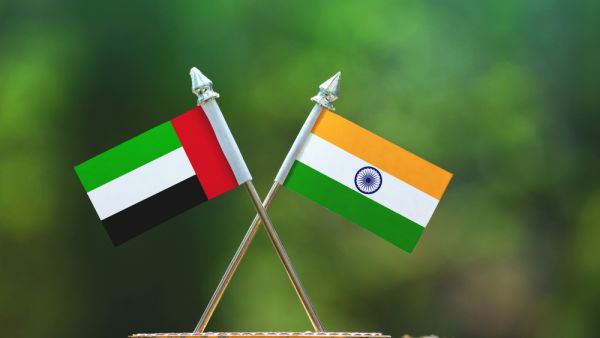Both UAE and India have grown robustly over the past two decades, and it is only a matter of time that their trade and investment ties caught up with the ground reality. UAE, in particular, has emerged as a first-world nation over the past two decades. According to World Bank data, the GDP of UAE has grown from $104 billion in 2000 to $421 billion by the end of 2019. In other words, UAE has grown its economy by almost four times in a span of twenty years. Currently, the country has a total population of 9.77 million with a per capita income of $43,470, among the world’s highest. Latest reports indicate that there are 79,000 high-net-worth individuals (HNWIs), 3,400 multimillionaires, and 12 billionaires in UAE. Or in other words, UAE with its huge capital can help India bridge its investment deficit. This is not to say that India is a laggard or pushover. In fact, India grew its GDP from $468 billion in 2000 to $2869 billion by the end of 2019, becoming the world’s fifth-largest economy. Tremendous feet indeed, but India’s huge size and Prime Minister Modi led the government’s GDP target of $5 trillion means it must attract more foreign investments.
The UAE and India are already making steady progress in the investment arena. The eighth meeting of the UAE-India High-Level Joint Task Force on Investments co-chaired by Sheikh Hamed bin Zayed Al Nahyan, Member of the Executive Council of the Emirate of Abu Dhabi, and Shri Piyush Goyal, Minister of Railways and Commerce & Industry, Government of India, was held in November 2020. The meeting discussed potential UAE investments into India in the healthcare and pharmaceutical industry, mobility and logistics, food and agriculture, energy, and utilities. Also discussed were issues faced by UAE-based funds investing into India, in the light of SEBI (Securities and Exchange Board of India) Foreign Portfolio Investor Regulations 2019. The resolution of this issue might hopefully lead to more UAE portfolio investments in India.
In the food sector, UAE has already confirmed $7 billion worth of investment with the Emaar Group planning up to $5 billion in mega food parks and another $2 billion in contract farming and related infrastructure. The investments are expected to benefit 20 million farmers and create 200,000 new jobs. The projects will be beneficial to India since almost 30 percent of the agricultural produce goes waste due to the lack of modern infrastructure. These investments will help supplement the farmer’s income by strengthening logistics infrastructure and the establishment of agricultural projects.
The UAE’s interests are served by access to low-cost food products and assurance of food security. Apart from the food sector, UAE is also a major investor in infrastructure and proposes big investments into India’s petrochemical sector. DP World has invested $1.2 billion and is likely to put in $1.8 billion more in the coming years. India’s largest shopping mall, constructed by Abu Dhabi-based EMKE Group is in Kochi, and they are developing a second Lulu shopping mall which will be the second-largest in the country. Abu Dhabi Investment Authority (Adia), the sovereign wealth fund, plans to invest $1 billion in affordable and mid-income housing projects in India’s leading cities.
The total amount of UAE investment into India is set to get a big lift in the coming years. Indian Government has repealed the act of 1976 that had nationalised Burmah Shell, which paves the way for privatisation of Bharat Petroleum Corporation (BPCL). Government plans to sell its 53.3 per cent stake in the company to a strategic investor hoping that it will boost competition in the fuel retail market. BPCL is an attractive asset for an oil-producing like UAE since it has 34-million-tonne refining capacity and has a 25 per cent share in India’s growing fuel market. It will help UAE lock in a regular customer for its crude oil.
All things considered, India is a strategic partner for UAE, and as the policymakers envisaged, the trade relationship can touch an overall figure of $100 billion per annum.








